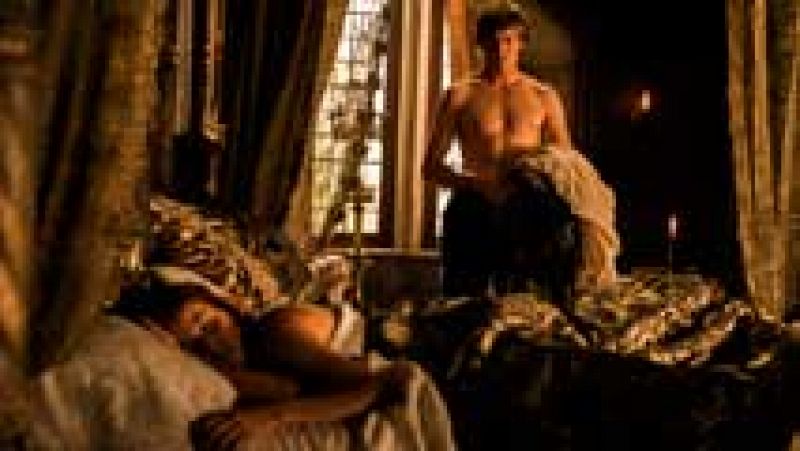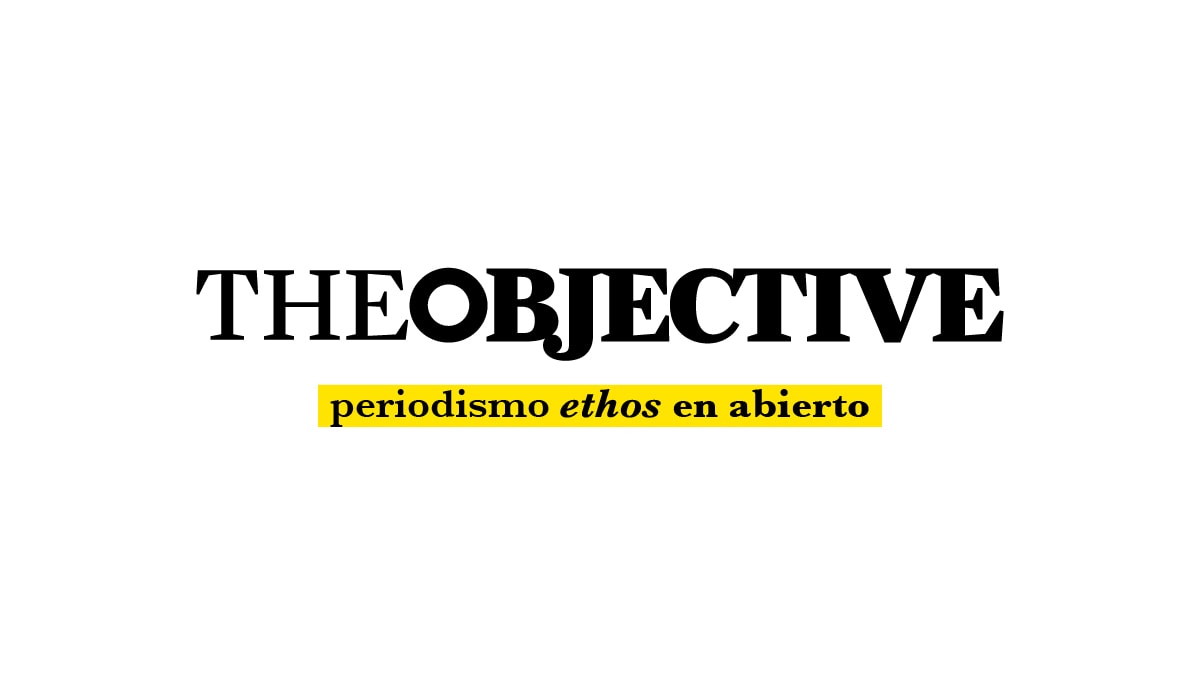
- Select a language for the TTS:
- Spanish Female
- Spanish Male
- Spanish Latin American Female
- Spanish Latin American Male
- Language selected: (auto detect) - ES
Play all audios:
Although there is a current tendency to think of abstract painting as a quiet, meditative and somewhat intellectual discipline, there are one or two practitioners of the genre who are mining
a more expressionistic and painterly vein. Joan Thorne is one such. The New Yorker’s explosive, confrontal works seem to be pushing gestural self-indulgence to the limit, creating a visual
cacophony verging on the hysterical. The aural metaphor is particularly apt since the works’ titles--such neologisms as “Squazemo,” “Oseah” and “Siru”--attempt to express the apparent sound
of each painting. Although one’s first reaction is to associate each composition with John Cage rather than Mozart, on closer examination one finds that the work is actually tightly
structured and extremely repetitious. The paintings are divided into three distinct layers. Large drifting areas of clashing colors provide the background for a series of floating,
occasionally overlapping, polygonal shapes. These are, in turn, pushed further into the picture plane by a surface layer of gestural squiggles and writhing filaments. Visual perspective is
thus complicated through compositional discordance, oscillating color combinations, and unstable depth. The result resembles a microscopic photograph of crystalline structures, a synthesis
of geometry and more organic properties. Such a meeting of modernist formalism and expressionist bravado is clearly an acquired taste. The work is too structurally simplistic and
superficially noisy to please purist abstractionists, yet overly conceptual for most advocates of unabashed painterly eloquence. Ultimately, Thorne rests as a quirky anomaly. You’re glad
she’s out there, but you don’t have to like what she’s doing. (Ruth Bachofner, 804 N. La Cienega Blvd., to May 10.) MORE TO READ









